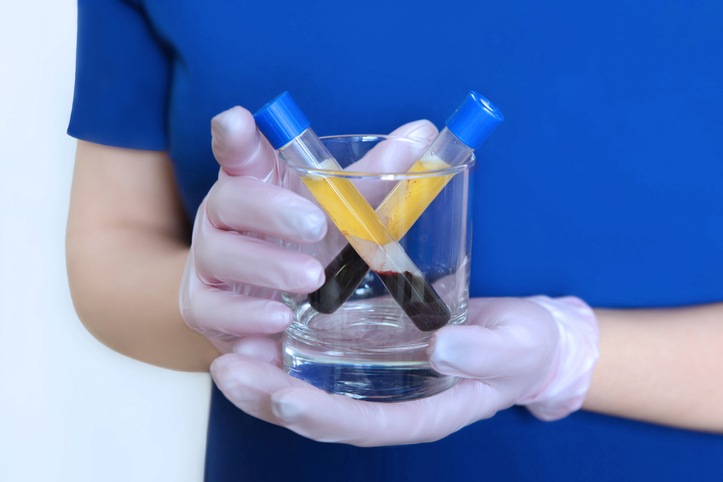
Levels of soluble urokinase-type plasminogen activator receptor (suPAR) are higher in plasma of patients with pancreatic cancer (PC) than in patients with chronic pancreatitis (CP), suggesting it may be a useful biomarker for distinguishing between the two diseases.
This data comes from a study published in the Scandinavian Journal of Gastroenterology.
Plasma suPAR (P-suPAR) is a protein in the blood that reflects immune activation and inflammation. Previous studies have linked urinary suPAR /creatinine ratio level elevation with CP, and elevated P-suPAR elevation with PC. This study aimed to measure P-suPAR levels in CP in a long-term prospective follow-up setting to assess its potential for differentiating CP from PC.
This study had two patient groups: 10 patients who developed CP in a long-term follow-up after first acute alcohol-induced pancreatitis (AAP) and 25 patients who underwent PC-related surgery. P-suPAR levels were measured and compared within and between the two groups via blood samples, which were collected from CP patients at all control visits and from PC patients before surgery.
In the CP cohort, P-suPAR levels were low following AAP recovery and throughout follow-up, despite recurrent acute pancreatitis (RAP) episodes. Among patients who had RAPs and developed CP, highest P-suPAR levels were recorded at first AAP admission (median 4.9 ng/mL, interquartile range [IQR] 3.7–6.1) and decreased significantly upon recovery (median 3.2 ng/mL, IQR 2.6–4.0; P=0.003) and remained low. Overall, P-suPAR levels at any point did not predict development nor were associated with COP.
Pre-surgery P-suPAR values were significantly higher in the PC cohort (median 3.7 ng/mL, IQR 3.1–4.4) than in CP patients at 2-years (median 2.6 ng/mL, IQR 1.8–3.6; P=0.014) and at any other time during follow-up.
A cutoff value of 2.8 ng/mL was determined based on an ROC curve with area under curve (AUC) of 0.79 (95% confidence interval [CI] 0.61-0.97, P=0.009) in differentiation between PC and CP with a sensitivity and a specificity of 88% and 70% respectively.
The researchers concluded, “P-suPAR is higher in patients with PC than in patients with CP, and it could thus be used in differentiating between PC and CP.”







 © 2025 Mashup Media, LLC, a Formedics Property. All Rights Reserved.
© 2025 Mashup Media, LLC, a Formedics Property. All Rights Reserved.